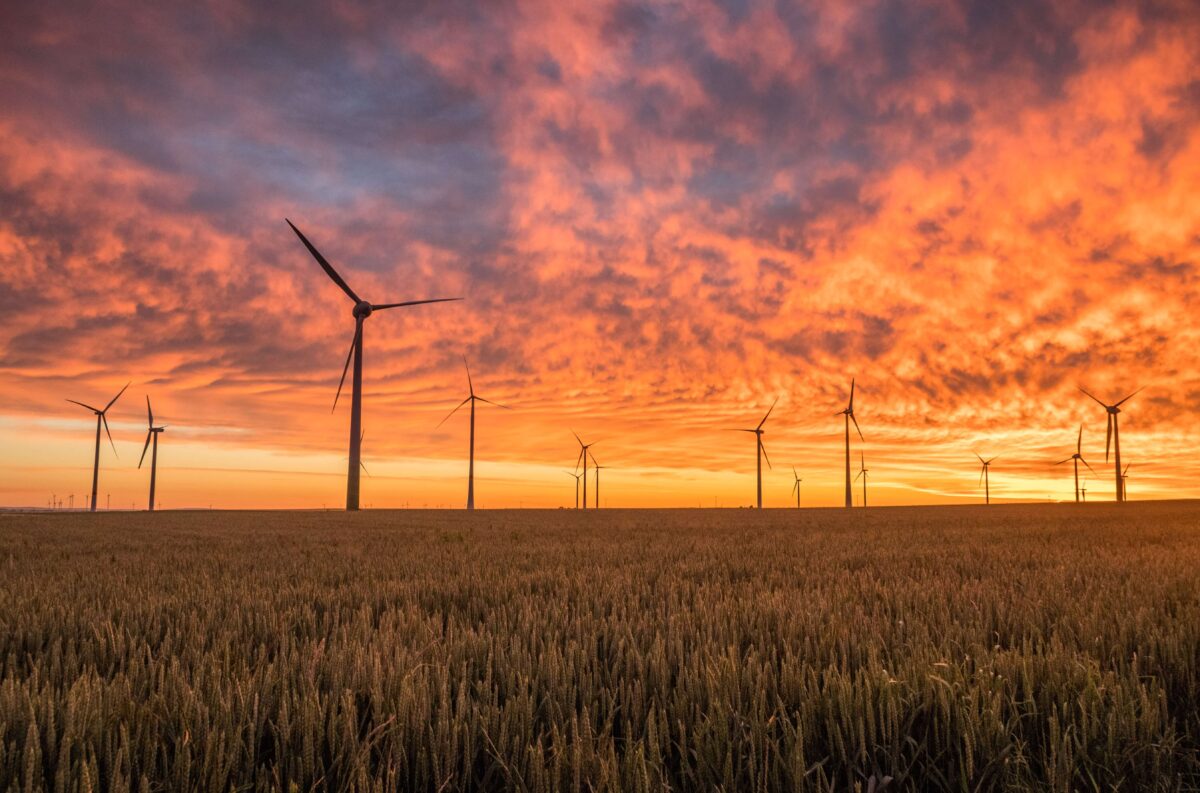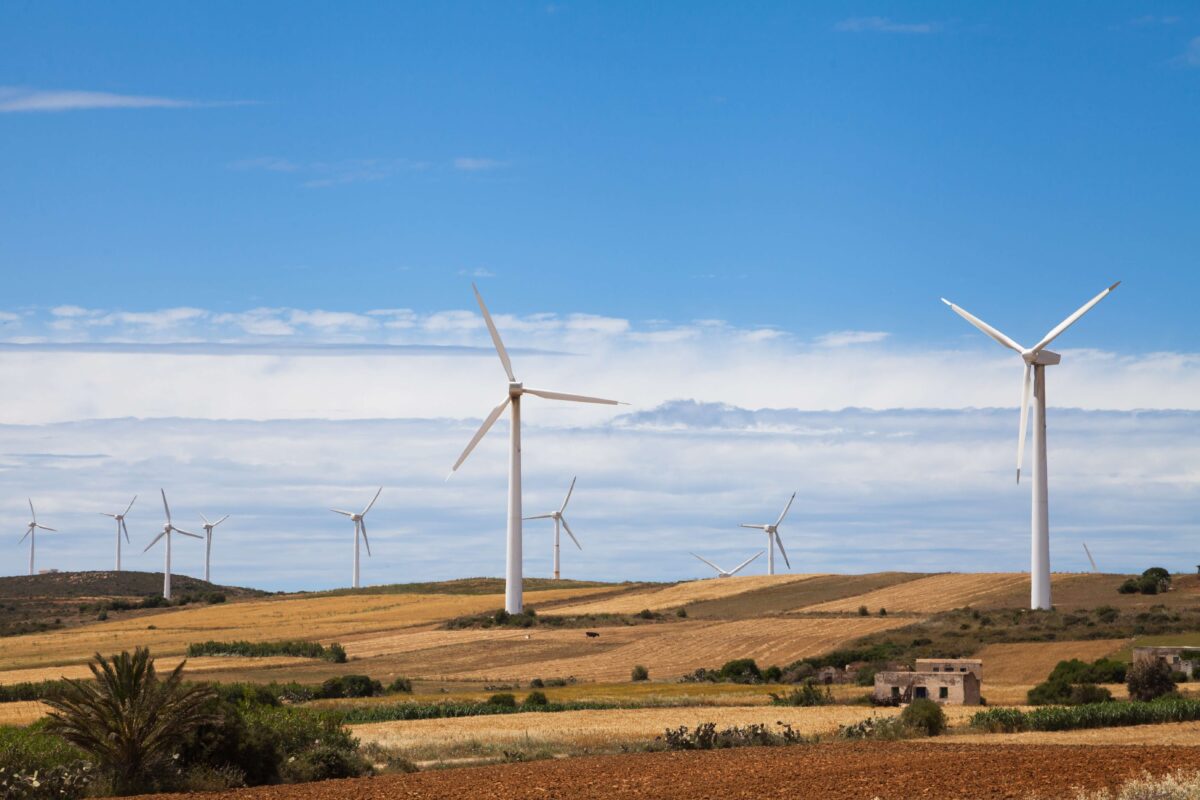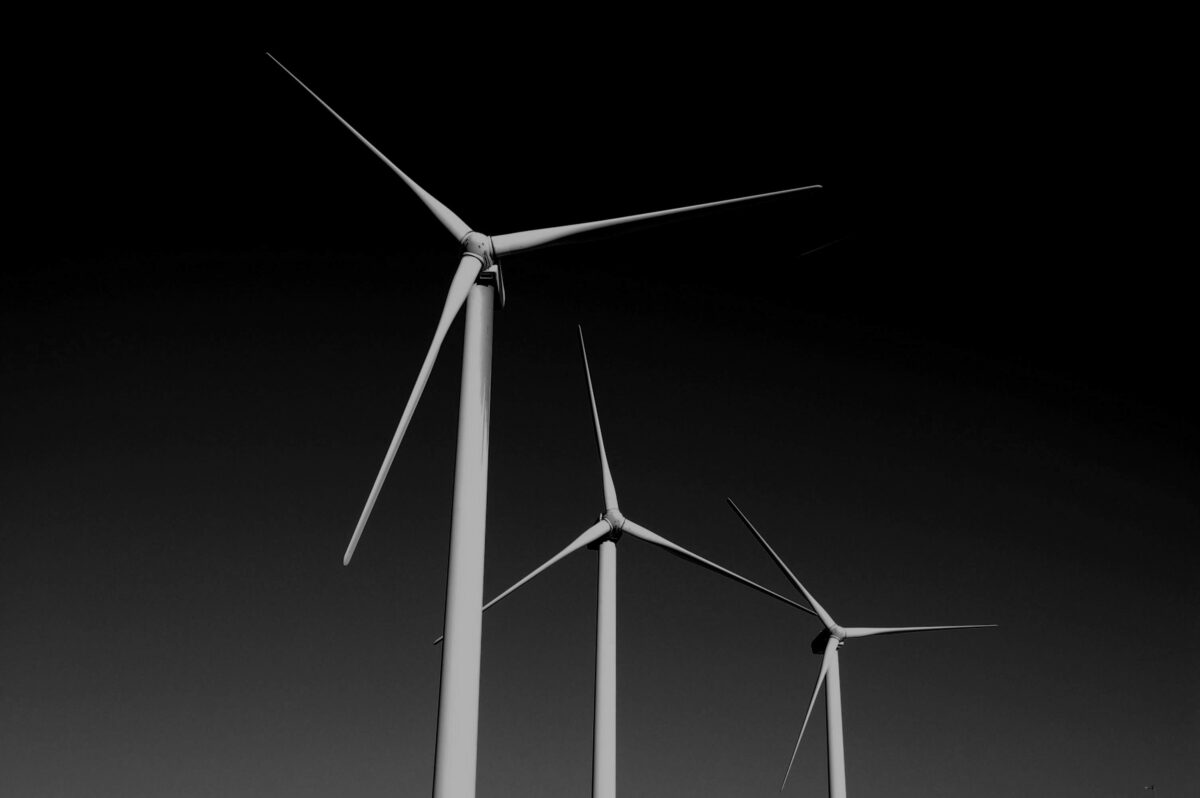Power generated from wind, solar, and biomass overtook coal in 2017
For the first time in the EU, power generated from wind, solar, and biomass overtook coal in 2017, with 20.9% share of gross generation compared to coal’s 20.6% share. The total generated from renewables increased from 18.8% a year earlier when coal was responsible for 21.5%. This milestone was reported by Germany’s climate lobbyist Agora Energiewende in its review titled ‘The European Power Sector in 2017’. In other promising developments for clean energy in the UK, Britain accounted for more than half of the new offshore wind capacity installed in Europe last year, and the Bulletin from the Office of National Statistics reported that the UK low-carbon and renewable energy economy grew 5% in 2016, over three times faster than the growth rate of the wider economy.
London mayor Sadiq Khan launched the latest phase of the Energy for Londoners initiative last week, which plans to invest £34 million in a range of new services and programmes to boost energy efficiency in fuel-poor homes and workplaces in London while also targeting the generation of 1GW of solar power by 2030, mainly on Transport for London-owned buildings.
According to the latest ‘Energy and Climate Change Public Attitudes Tracker’ from the UK government, public support for renewables remains high with 79% backing clean energy. The report also found that only 35% of the public supports nuclear energy while 22% oppose it.
Following the success of Tesla’s South Australian battery installation last year, Tesla and the government of South Australia have announced a plan to install 50,000 homes with rooftop solar systems in the next 4 years, for free. They will be linked with grid storage to create the world’s largest virtual solar power plant with 250MW capacity. Analysis by Frontier Economics shows the plant is expected to reduce energy bills for participating households by 30%.
Construction has started on what will be the world’s largest offshore wind farm. Ørsted recently announced that the foundation for the first turbine has been installed. The 1.2GW wind farm will consist of 170 turbines, 74 miles off the UK’s Yorkshire coast, and will generate enough electricity to power over 1 million British households. Ørsted aims for the wind farm to be fully operational in 2020.
In the latest UKT-4 capacity market auction for generating contracts, which started on Tuesday, a total of 75.1GW of generating capacity is competing for 49.2 GW of contracts for the 12-month period from October 2021. The auction’s battery capacity has doubled since last year to 3.6GW. The auction price is expected to be £17-20/kW compared to £22.50/kW last year.
Carbon Engineering, a company funded in part by Bill Gates, has a prototype direct air capture plant which has been extracting one tonne of CO2 from the air per day for a year. In a new collaboration, the company has now started directly synthesising a mixture of petrol and diesel from the CO2, using hydrogen generated from the splitting of water with clean electricity in a process they call ‘Air to Fuels’ or A2F.
Electric vehicles
National Grid has concluded that just 50 ultra-rapid charger locations placed strategically across the UK would be sufficient to quell range anxiety. The plan is estimated to cost as little as £0.60 per car per year and would mean that 96% of UK drivers would be within 50 miles of a rapid charger at all times.
Swedish start-up Einride plans to have a driverless electric truck in operation by the end of 2018, capable of a range up to 200 km on a single charge with space for 15 standard pallets and a maximum weight around 20 tonnes. The ‘T-pod,’ as the electric truck is called, will be sold at roughly US$150,000 per unit. Einride is in partnership with supermarket giant Lidl, who have set targets to reduce emissions 40% by 2035.
The Irish government has launched a new grant scheme to encourage the uptake of EVs in the country’s taxi, limousine, and hackney fleet. Drivers will be offered up to €7,000 towards the purchase of a full or plug-in hybrid EV and will be able to access additional incentives, including vehicle registration tax relief, the lowest band of road tax, and a home charger grant—together worth up to an additional €10,000.
A report by Bloomberg New Energy Finance expects half of the world’s bus fleet to be electric by 2025, with China dominating with 99% of the market share. With the falling cost of batteries, the upfront cost of electric buses is expected to be competitive with diesel by 2026, although their lifetime cost is competitive now.
Energy flexibility
California’s state regulators are proposing to allow multiple use application of energy storage systems. This gives battery operators the opportunity to provide more than one service, such as providing capacity and grid-balancing ancillary services, to stack revenues. This would help realise the full economic value of energy storage resources.
Blockchain firm Electron has created a coalition of energy suppliers, network operators, and aggregators to develop a fit-for-purpose collaborative trading platform for energy flexibility. The coalition has already had involvement from Siemens and National Grid and now includes industry giants including EDF Energy, Shell, Statkraft, EDF Energy, and Open Energi, among others.
The Energy Networks Association (ENA) has opened a consultation for stakeholders to provide feedback on the Open Networks project workplan for 2018. The aim of the workplan is to lay the groundwork for the UK’s emerging smart grid, bringing together ten network companies across the UK and Ireland.
Electronics company GE and battery specialists Arenko have formed a ‘strategic alliance’ to develop a series of grid-scale energy storage systems for the UK. The first will be a 41MW project in the Midlands, capable of supplying on-demand power to around 100,000 UK homes as well as providing other support services to the grid.




